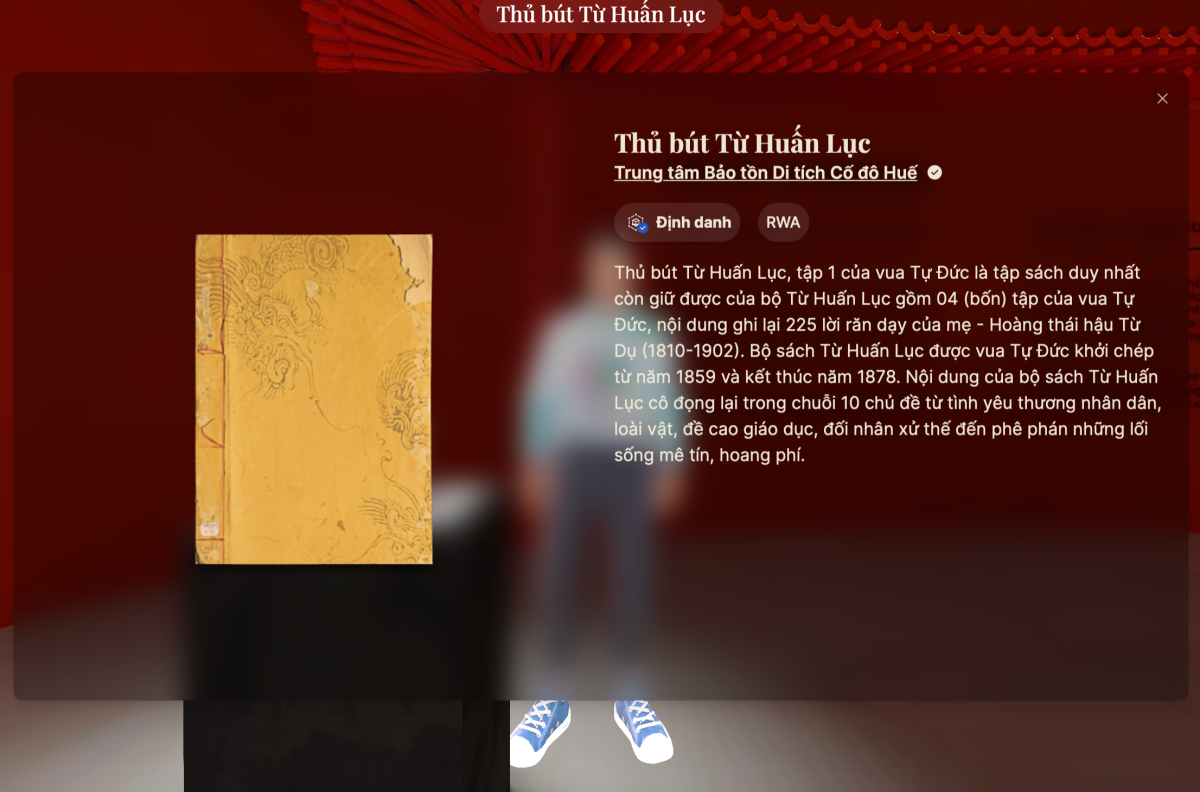
The promotion of cultural heritage value has great significance in preserving historical values and opening up opportunities for economic development and the tourism and culture industry. Copyright use is an important part of the cultural industry strategy.
However, it is not always simple to do. The lack of resources, technology and effective strategies can restrict the capability of popularizing heritage sites.
At the 43rd WFUCA (The World Federation of UNESCO Clubs, Centers and Associations) held on August 5, Huy Nguyen, the founder and CEO of Phygital Labs, discussed the use of technology to promote the development of the cultural industry.
A new solution is the use of phygital, which is a combination of physica’ and digital worlds to create original experiences and increase interactions with users. Phygital enables physical subjects to connect with the digital technology world through advanced core technology platforms such as blockchain, NFC, and AR/VR/XR.
Of these, blockchain, which is decentralized, allows users to better control their data. The transparency and immutability is an ideal tool for digital asset authentication and protection, including cultural heritage.
The application of blockchain in the culture and the heritage sector can bring great benefits. It can help verify the origin of objects, fight against counterfeit goods, and create transparent management for transactions related to heritage sites and products. This protects heritage values and creates new economic opportunities through the purchase and exchange of digital assets.
For example, some museums have utilized blockchain in authenticating ownership and open auctions of digital versions of heritage sites and products.
NFC technology has also become increasingly popular in connecting physical objects with digital identification information. NFC-based chips transmit data quickly and safely, opening up new applications in preserving and promoting cultural heritage value.
And AR/VR/XR technologies are revolutionizing the way people experience and interact with the world around them. AR add virtual elements to the real world, while VR creates entirely new virtual environments. XR is a combination of both. These technologies open up new ways to introduce and experience heritage values.
AR can be used to see 3D images of artifacts when visiting museums, and VR can be used to visit heritage sites from a distance. XR can help to create digital exhibitions.
Le My